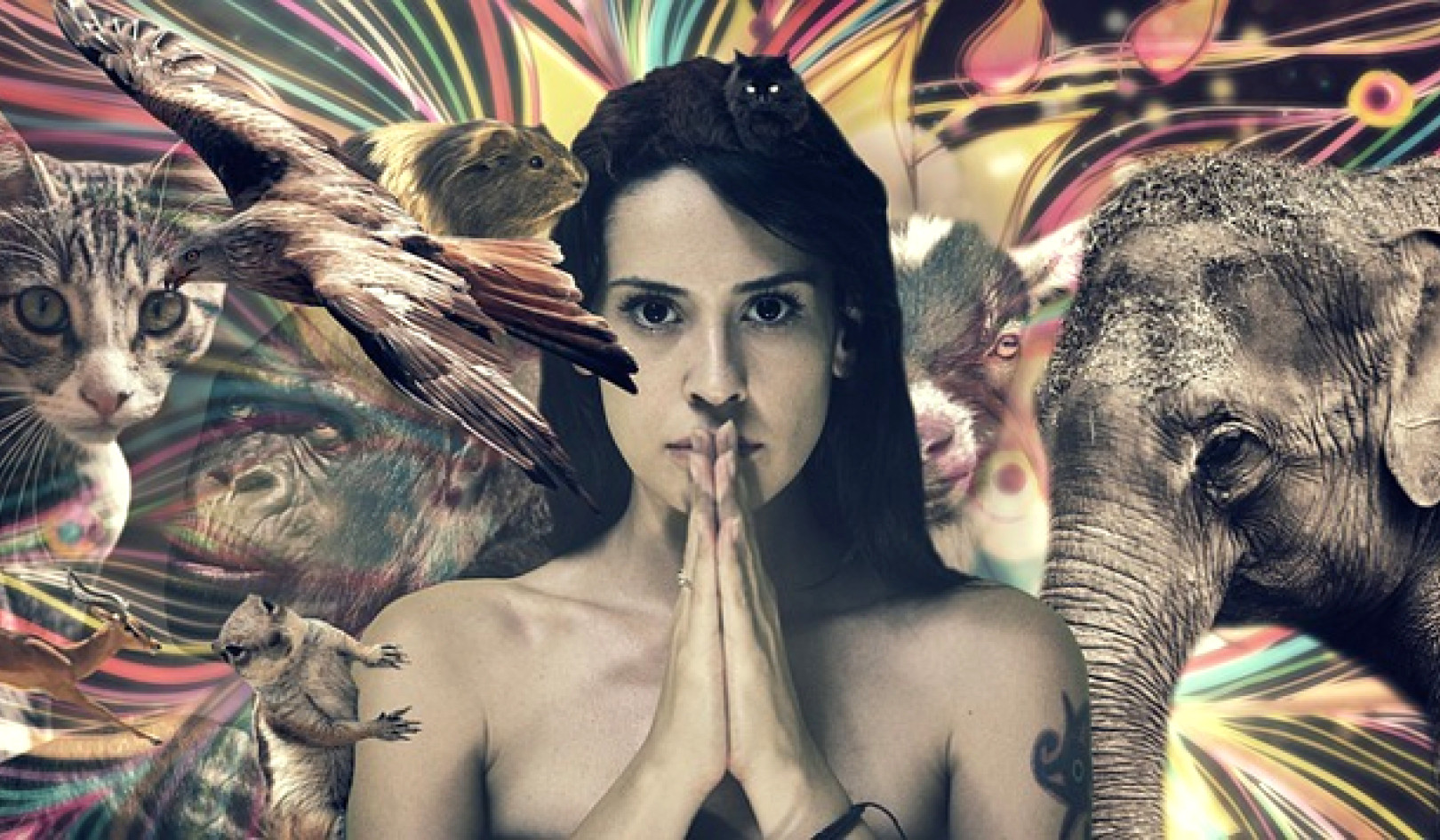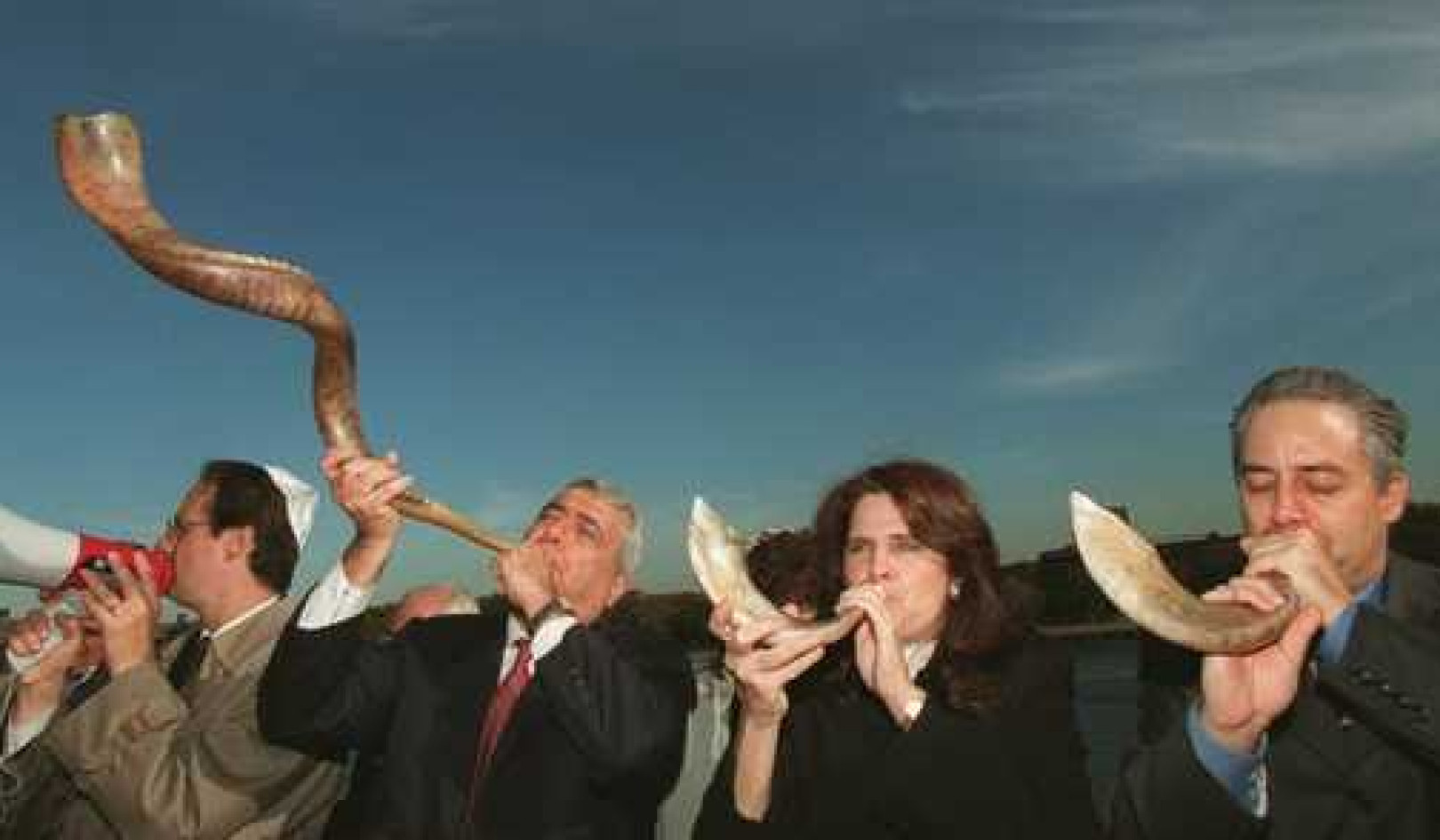
Successful close relationship either starts as, or evolves into, a partnership. Unfortunately, many relationships end up focused on differences and so are based on a certain amount of friction, competition, and tension. Our intimate live-in relationships offer us a constant reminder of the work we still have to do. If we are successful, we can transform an ordinary relationship into the precious gift of partnership.
How does a relationship move from the early courtship phase, through the difficult relationship phase, into a creative partnership?
Courtship brings out our playfulness. During this phase there is often an intimate sharing, where even parts of our shadow are sometimes exposed as we test each other's degree of acceptance. Mixed in with these hidden parts are our childhood gifts. Attracted to similar qualities in each other, we feel a sense of belonging -- a recognition of a familiar face of love. In courtship, we tend to radiate a youthful joy that friends and family notice. We glow.
When courtship moves into marriage, or other forms of live-in relationship, things change. Living together recalls the family of origin. The honeymoon is soon over, as the unfinished business of the past turns fun into work. Each partner may now begin to wonder, Where did it go? Where the hell did the love go?
A Chronic Relationship?
The relationship can then deteriorate into a chronic relationship, held together by tension and only momentary reminders of courtship feelings. Blame may arise, overt or insinuated. As the unmet needs from childhood again create dissatisfaction, the relationship may sink to the level of a "he said-she said" battle. Usually, the partners don't see how they are projecting their childhood unmet needs and their disowned (shadow) parts onto their mates. Then, as if by magic, the mates may even start acting out their partner's projection. In chronic relationships, we end up living with what we least like about ourselves, because that is what we see in the other person.
The work at this point is to surrender expectations and attachments, and to stop blaming. We can begin to move toward partnership and truly meet each other for the first time, as two unique individuals. As in any relationship or partnership, disagreements will continue to occur. There are times when major disagreements are best worked out separately, alone or with the help of a wise friend or knowledgeable therapist.
The heat of an argument can obscure the personal insights necessary for resolving a conflict. Time apart often helps us not only to recognize but to admit how we participate in causing friction. With awareness, empathy, and honesty, we can then reunite with our mates more creatively.
Individual Inner Work
As we progress with our individual inner work, we move with greater and greater ease from feeling disconnected to reunion. We start to get more out of time alone and time together. The relationship becomes a place to play, to relish whatever is happening in the moment, and to create works of love that serve others. It becomes a partnership. In a partnership there is a commitment to embracing pain as well as joy. The real gift of partnership is the discovery of play.
The childhood experience of love and pain is difficult to understand. In the attempt to create meaning out of this paradox, the child can make wrong assumptions that have long-term consequences. One assumption is that certain gifts always come at the cost of certain hurts or unmet needs; another is that love hurts or that love cannot be trusted. As a child, you might have thought you were unworthy or unlovable. These assumptions become the basis of your adult reality.
Childhood Gifts and Hurts
Let's look again at the whole picture of your childhood gifts and hurts. Look for paradoxes: between the gifts, for example (creating a kind of paralysis), or between the hurts (creating a sense of victimization, no matter what happens). Can you see the source of some of your own assumptions?
If you experienced a repetition of painful events in your childhood, powerful memory patterns were probably stored for retrieval at a later date. Any similar event that matches even a trace of a given memory can recall the entire emotional charge associated with that memory! This phenomenon is one source of post-traumatic stress syndrome. Remembering emotional and physical pain has been a key to our survival as a species; unfortunately, this kind of instant recall can be a real obstacle to intimacy. We all make inaccurate assumptions at times, and these distort our reality.
As children, if we had two separate but simultaneous experiences, we tended to assume that they were linked. We then came to expect this combination to be repeated elsewhere in life. If one part of the equation is missing, we assume the other is missing, too. If one is present, we assume the other is present. Our gifts and hurts became fused, and are now the source of our relationship themes and patterns, especially in long-term relationships.
Relationship Themes and Family Patterns
Commitment, intimacy, and live-in situations are reminders of our childhood experience in the family. Here is where we begin to sabotage our relationships. The most common internal voice that comes up to help re-create our family experience is the inner critic, often projecting our shadow onto our partner. This might be when we start telling ourselves that we'd be better off alone.
Live-in relationships become chronic when we blame the relationship for not giving us what we want. We often use our intimate relationships to perpetuate and justify our distrust of love. We won't escape our past until we begin to look at and question our childhood assumptions.
We sometimes like ourselves more when we're alone than when we're in a long-term relationship. The paradox of this is like saying, "you should be with me when I am alone!" It may seem as though our partners never see us at our best. However, if you have someone in your life who can meet your needs and you can avoid sabotaging the relationship, then you have already started the work of self-repair. In meeting your own needs, you can now allow another person into your life without the fear of losing your gifts.
You may discover that your family patterns and childhood assumptions don't play themselves out in intimate relationships as much as in your work or with your kids. The chronic relationship can rear its head in many different arenas, and in many different ways.
Remember that what you see in your mate, your children, and your coworkers may be yourself. When you can begin to laugh at what once would have angered you, you are on the road to breaking unconscious patterns. This is true freedom.
Reprinted with permission from the publisher,
Beyond Words Publishing. ©2000.
For info., visit http://www.beyondword.com.
Article Source
Seeing Your Life Through New Eyes
by Paul Brenner, M.D., Ph.D. and Donna Martin, M.A.
 Guiding readers through a series of questions about their parents, the authors identify formative "gifts" and "hurts" that shape how people approach relationships. Combining clear text with a workbook format, this interactive book helps readers reclaim wholeness by transcending self-imposed limitations.
Guiding readers through a series of questions about their parents, the authors identify formative "gifts" and "hurts" that shape how people approach relationships. Combining clear text with a workbook format, this interactive book helps readers reclaim wholeness by transcending self-imposed limitations.
About The Authors

 Paul Brenner, M.D., Ph.D., is an obstetrician/gynecologist and psychologist widely known in the medical community as well as in the self-help field. He directs the SafeReach Institute, an educational center promoting the understanding of addictive behaviors. He lectures extensively throughout the United States, Canada, and Europe.
Paul Brenner, M.D., Ph.D., is an obstetrician/gynecologist and psychologist widely known in the medical community as well as in the self-help field. He directs the SafeReach Institute, an educational center promoting the understanding of addictive behaviors. He lectures extensively throughout the United States, Canada, and Europe.
Donna Martin, M.A. is a counselor, therapist, trainer, and consultant from Kamloops, British Columbia, Canada. She has worked in the field of alcohol and drug addiction for many years.
























